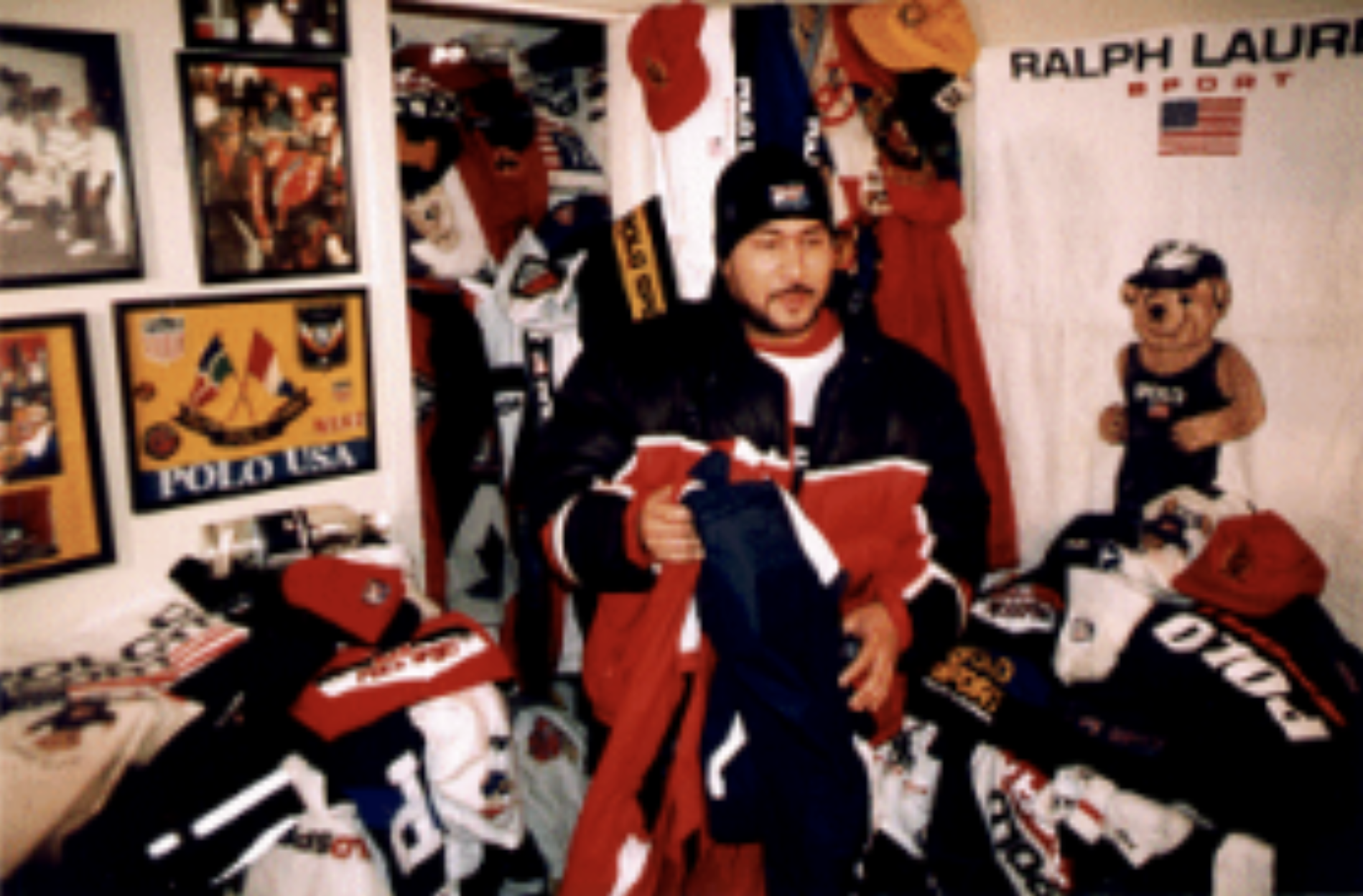Bury Me With the Lo On
The way the Black community has historically influenced the direction
of fashion trends and popularity of brands in all consumer industries is
iconic. One of those brands that has us to thank, is Ralph Lauren. What I personally
love about the way Ralph Lauren gained its popularity, is that it wasn’t worn
the way they intended or by the people it was designed for. That paradox is the pure gem that makes fashion the art form that it is.
The Lo-Lifes were a crew of boosters from Brooklyn, New York in the 1990’s, well known for their obsession with
Ralph Lauren. They strictly wore Polo and played a massive role in popularizing
it within the Black community, which then translated to the rest of the world,
as this is how most trends travel. They made a name for themselves from being
active boosters and all of the Polo they stole was styled completely opposite
from how it was seen on runways and in magazines. The collared shirts worn
open, a few sizes too big with the jeans even bigger making for the perfect
1990’s street ensemble. From classic knits to Polo Sport they wore everything,
one would think they worked at the headquarters they had so much of it. This
lifestyle and uniform they had to go along with it inspired their music which made
their names ring even louder in the streets of Brooklyn. Their influence is so
undeniable, Ralph Lauren included them in his biographical documentary “Very
Ralph” which released last year. Lo-Lifes founder, Thirstin Howl the 3rd has used his influence and high respect as a Ralph Lauren connoisseur
to create the Lo-Lifes clothing brand. Inspired by Ralph Lauren, the designs
have similar details with its own NYC street aesthetic. It is commendable the
way a negative lifestyle bred so much artistic content and transformed the
Lo-Life brand into a positive force within the culture. Along with the clothing
brand, Lo-Lifes have a catalog of music on streaming platforms as well as a
plethora of documentaries and writeups explaining their history and contributions to Ralph Lauren’s notoriety.
By: Kamari Williams



